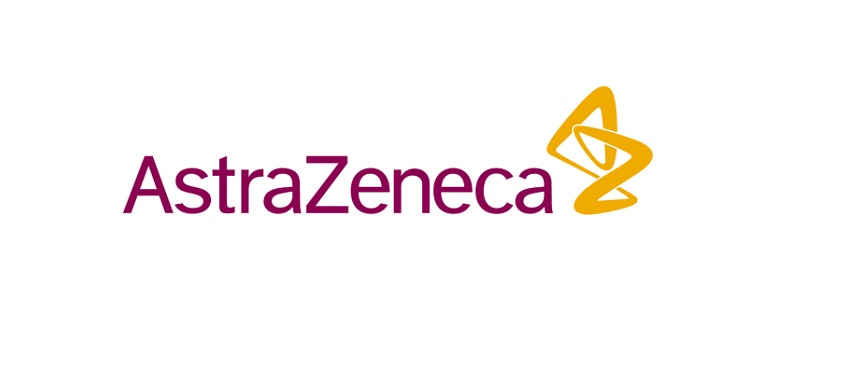AstraZeneca presented new post-progression outcomes data from an exploratory analysis of the global Phase III FLAURA trial, which assessed the efficacy and safety of Tagrisso (osimertinib) as 1st-line therapy in patients with locally advanced or metastatic epidermal growth factor receptor (EGFR) mutation-positive non-small cell lung cancer (NSCLC).
The presentation at the European Lung Cancer Conference (ELCC) in Geneva during the “Best of ELCC” session showed that the progression-free survival (PFS) benefit of 1st-line Tagrisso over the EGFR tyrosine kinase inhibitors (TKIs), erlotinib or gefitinib, was sustained throughout post-progression outcomes.
Sean Bohen, Executive Vice President, Global Medicines Development and Chief Medical Officer at AstraZeneca, said: “The new analysis from the FLAURA trial shows that 1st-line treatment with Tagrisso has a sustained effect beyond subsequent therapy by almost halving the risk of a second progression or death. These findings build on the clinically-meaningful PFS benefit of Tagrisso and reinforce its potential as a new standard of care.”
At the time of data cut-off, fewer patients on 1st-line Tagrisso had discontinued treatment compared to patients on the EGFR-TKI comparator arm (49% vs. 77%) and 29% received a subsequent treatment compared to 46% on the comparator arm. Median time to first subsequent therapy or death was 23.5 months (95% confidence interval [CI] 22.0, NC) for those treated with 1st-line Tagrisso vs. 13.8 months (95% CI 12.3, 15.7) for patients on erlotinib or gefitinib (hazard ratio [HR] 0.51, 95% CI 0.40, 0.64, p<0.0001).
Patients treated with 1st-line Tagrisso experienced a longer time before discontinuation of EGFR-TKI therapy (median 23.0 months (95% CI 19.5, NC), compared to a median of 16.0 months (95% CI 14.8, 18.6) for comparator arm patients, which included patients who had crossed over to Tagrisso in the 2nd line. 1st-line Tagrisso patients had almost half the risk of second progression or death (PFS2) compared to the comparator arm (HR 0.58, 95% CI 0.44, 0.78, p<0.001).
Dr. David Planchard, Associate Professor of Medicine, Thoracic Tumour Board, Gustave Roussy, France, said: “Post-progression outcomes are increasingly recognised as important measures of efficacy for 1st-line cancer therapies, and the consistency in risk reduction across these endpoints in FLAURA provides confidence in the data from the interim overall survival analysis.”
Safety data for 1st-line Tagrisso in FLAURA were in line with those observed in prior clinical trials. It was well tolerated, with fewer Grade 3 or higher adverse events (AEs) than with standard EGFR-TKIs (34% vs. 45%). In patients treated, the most common adverse reactions were rash (58% [1.1% Grade ≥3] for Tagrisso vs. 78% [6.9% Grade ≥3] for the comparator arm), diarrhoea (58% [2.2% Grade ≥3] for Tagrisso vs. 57% [2.5% Grade ≥3] for the comparator arm) and dry skin (36% [<1% Grade ≥3] for Tagrisso vs. 36% [1.1% Grade ≥3] for the comparator arm).





















